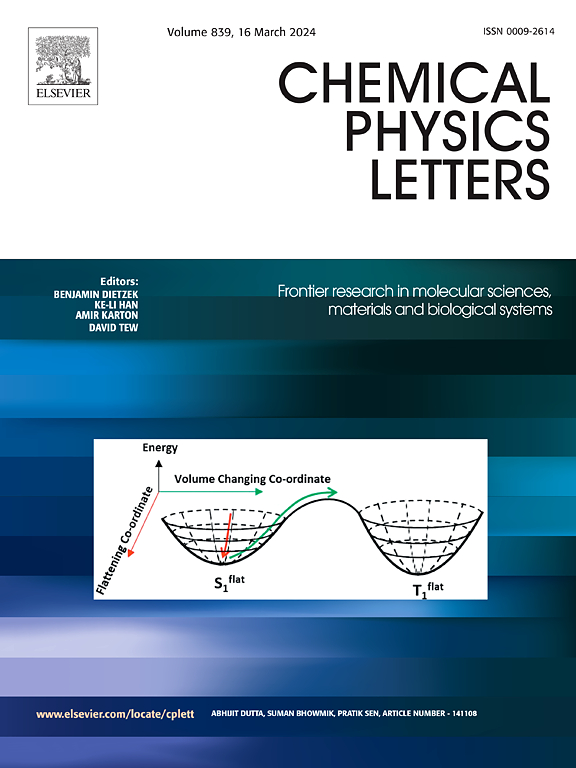Molecular dynamics-based synergistic enhancement of electro-thermo-mechanical properties of nanocomposite aramid insulating papers
IF 2.8
3区 化学
Q3 CHEMISTRY, PHYSICAL
引用次数: 0
Abstract
To address the challenge of synergistically optimizing transformer insulation paper's dielectric and thermodynamic properties, a multi-scale collaborative design method was proposed to integrate molecular dynamics simulations and wet-forming processes, thereby developing high-performance nanocomposite aramid insulation materials. Using the COMPASSIII force field, composite models of nine nanofillers (including SiO2, TiO2, and C3N4) were constructed. Through non-equilibrium molecular dynamics thermal conductivity simulations, mechanical parameter calculations, and dielectric performance analysis, SiO2, TiO2, and C3N4 modified with the silane coupling agent KH570 were identified as the optimal modification systems. Experimental results demonstrate that the KH570-modified SiO2 system with 15 % doping achieves a synergistic breakthrough in mechanical and dielectric properties: Tensile strength increases by 30.25 % to 9.73kN/m, and dielectric strength improves by 27.78 % to 30.31 kV/mm. The C3N4 system exhibits a dielectric strength of 33.29 kV/mm at 4 % doping. The TiO2 system achieves an optimal balance between mechanical and dielectric properties at 3 % doping. Simulations and process optimization validate the feasibility of nanofiller doping in achieving coordinated regulation of electrical-thermal-mechanical multi-properties in insulation paper, offering insights for designing high-voltage equipment insulation materials
基于分子动力学的纳米复合芳纶绝缘纸电-热-机械性能协同增强研究
为了解决变压器绝缘纸介电性能和热力学性能协同优化的难题,提出了一种多尺度协同设计方法,将分子动力学模拟与湿成型过程相结合,开发高性能纳米复合芳纶绝缘材料。利用compassion力场,构建了9种纳米填料(SiO2、TiO2和C3N4)的复合模型。通过非平衡态分子动力学导热模拟、力学参数计算和介电性能分析,确定了硅烷偶联剂KH570改性SiO2、TiO2和C3N4为最优改性体系。实验结果表明,掺量为15%的kh57改性SiO2体系在力学性能和介电性能上实现了协同突破,抗拉强度提高30.25%,达到9.73kN/m,介电强度提高27.78%,达到30.31 kV/mm。掺量为4%时,C3N4体系的介电强度为33.29 kV/mm。TiO2体系在掺量为3%时达到了力学性能和介电性能的最佳平衡。仿真和工艺优化验证了纳米填料掺杂实现绝缘纸电-热-机械多性能协同调节的可行性,为高压设备绝缘材料的设计提供了参考
本文章由计算机程序翻译,如有差异,请以英文原文为准。
求助全文
约1分钟内获得全文
求助全文
来源期刊

Chemical Physics Letters
化学-物理:原子、分子和化学物理
CiteScore
5.70
自引率
3.60%
发文量
798
审稿时长
33 days
期刊介绍:
Chemical Physics Letters has an open access mirror journal, Chemical Physics Letters: X, sharing the same aims and scope, editorial team, submission system and rigorous peer review.
Chemical Physics Letters publishes brief reports on molecules, interfaces, condensed phases, nanomaterials and nanostructures, polymers, biomolecular systems, and energy conversion and storage.
Criteria for publication are quality, urgency and impact. Further, experimental results reported in the journal have direct relevance for theory, and theoretical developments or non-routine computations relate directly to experiment. Manuscripts must satisfy these criteria and should not be minor extensions of previous work.
 求助内容:
求助内容: 应助结果提醒方式:
应助结果提醒方式:


